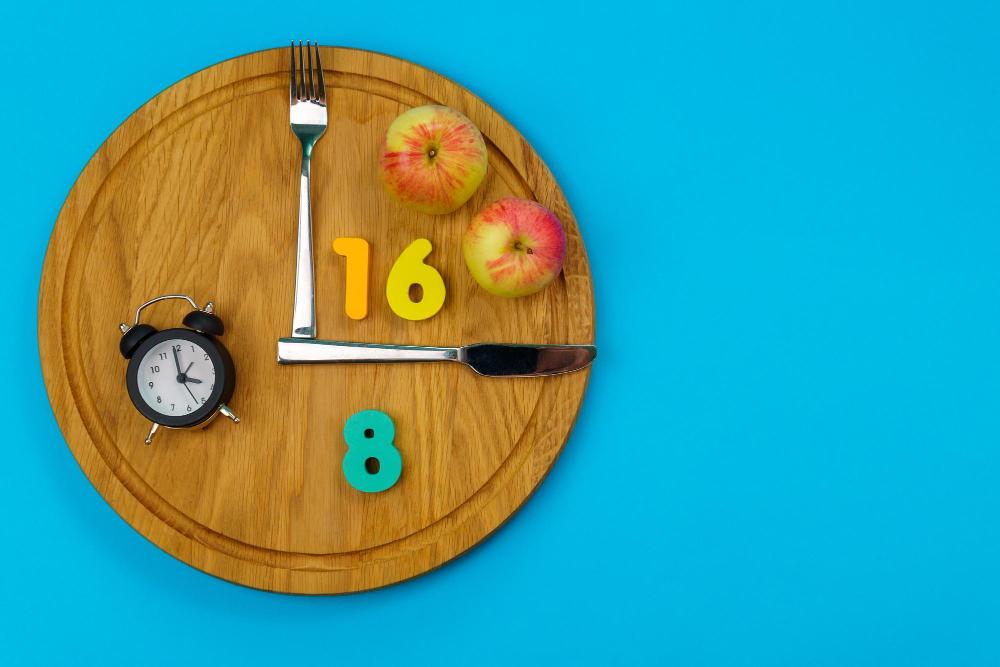

In the world of weight loss management, there are countless diet plans, workout regimes, and health strategies making the rounds. Each promises transformative results. Unlike fads that come and go, however, intermittent fasting is an approach rooted in practices that date back centuries.
Intermittent fasting does not prescribe specific foods but focuses instead on WHEN you eat. Still, there is no one-size-fits-all in intermittent fasting. In fact, there are several methods to consider.
In this brief article brought to you by the professionals at the Wellness Restoration Center, we explore an overview of the different methods of intermittent fasting. If you are interested in medical weight loss or hormone replacement therapy to assist you in your journey, then give us a call to schedule a consultation.
First thing’s first: let’s clarify what intermittent fasting is. At its core, intermittent fasting isn’t a diet; it’s an eating schedule. It involves cycling between eating and fasting periods to give your body time to rest, digest, and reset. The idea is simple: When you’re not eating, your body taps into its fat stores for energy. This can lead to weight loss.
This is probably the most well-known form of intermittent fasting. You fast for 16 hours and eat within an 8-hour window. For example, you might eat between 10 AM and 6 PM then fast from 6 PM to 10 AM the next day.
Schedule your appointment with Dr. Marcia A. Harris, MD today to find out more about these life-changing modalities. Don’t let ED rule your LIFE! Call for an appointment today!
BOOK AN APPOINTMENTThis method works because it’s simple to follow. Typically, individuals on the 16/8 method will have a late breakfast and an early dinner.
In this method, you eat normally for five days a week and significantly reduce your calorie intake on the next two days. This can be ideal for people who prefer flexibility and don’t want to fast every single day. Plus, two days of reduced eating can make a noticeable difference over time.
As the name suggests, you alternate between fasting and eating days. On fasting days, you either eat nothing or limit your calories to something minimal (typically around 500). This approach is for those who can handle more extreme fasting and want faster results. The significant calorie reduction makes it highly effective for weight loss.
Water fasting is exactly what it sounds like: abstaining from all food and drink except water for a specific period of time. This method eliminates food entirely, typically for 24 hours or more. Anything over 24 hours should be done under medical supervision or after consulting your physician, however.
Hormones play a huge role in regulating hunger, metabolism, and fat storage. For individuals with hormonal imbalances (such as low testosterone or thyroid issues) fasting may not be as effective. This is where bio-identical hormone replacement therapy (BHRT) comes in.
BHRT uses plant-based hormones that are chemically identical to the ones our body produces. When paired with intermittent fasting, BHRT can help optimize results by improving metabolic function, increasing energy, and even aiding in weight loss.
If you have questions or concerns, or if you are interested in combining BHRT with your intermittent fasting, then call or message the Wellness Restoration Center to get in touch with a member of our team today.
Type 2 diabetes is a chronic…
Impotence, or erectile dysfunction, can take a heavy toll on…
If you’re living with chronic pain,…
In this collection of heartfelt testimonials, patients of The Wellness Restoration Center share their personal stories of transformation and healing.